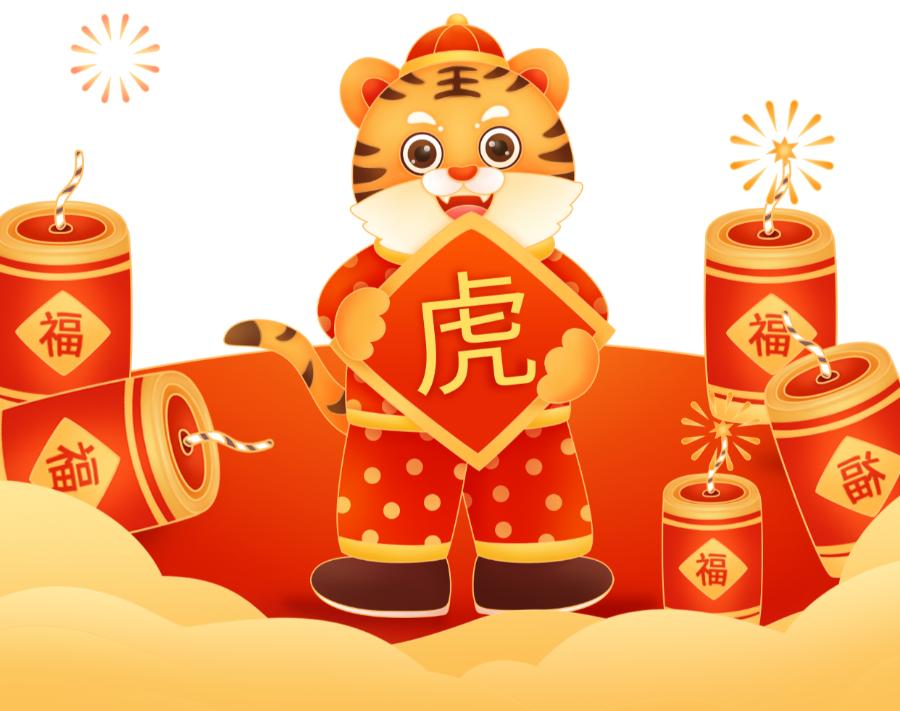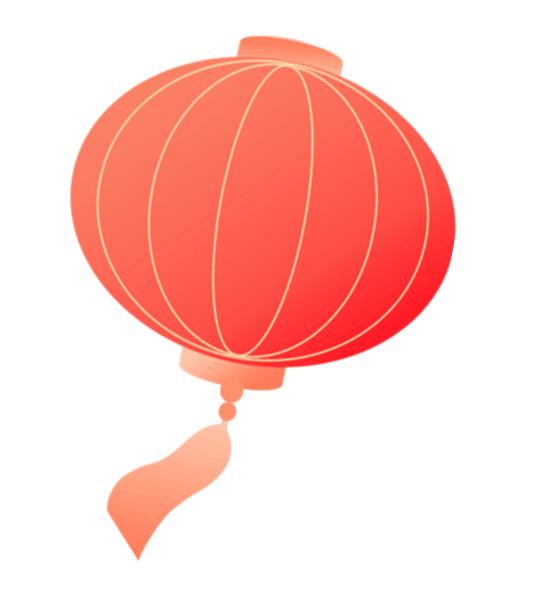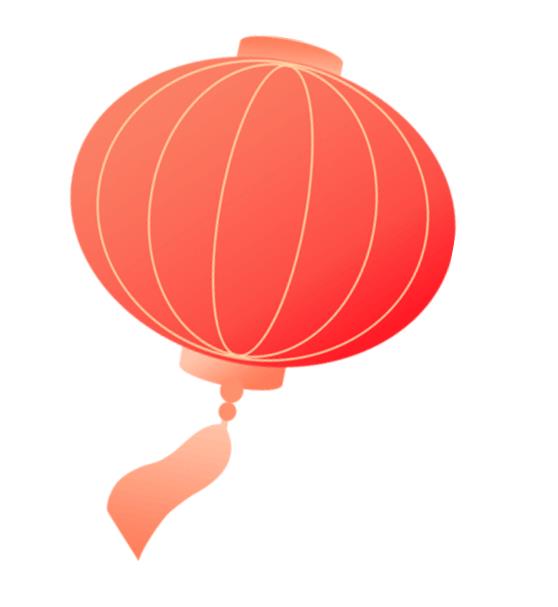New year’s custom | welcome the new year and worship the new year
2022
happy Spring Festival
Everything is renewed, happy and healthy.

There are many customs of Chinese New Year.
There are also many customs of New Year greetings.
Festive classroom
Xiao Wu will tell you about it.
What are the stresses on New Year’s Day ~
Hua Chu yi

1. Happy New Year
On New Year’s Day, people put on beautiful clothes and go out to visit relatives and friends to pay New Year greetings to each other. Paying New Year greetings is a traditional folk custom in China, and it is a way for people to bid farewell to the old and welcome the new, and express their best wishes to each other.
In ancient times, the original meaning of the word "Happy New Year" was to celebrate the New Year for the elderly. New Year greetings usually begin at home. On the morning of the first day, after getting up, the younger generation should first pay a New Year call to their elders, wishing them a long and healthy life and all the best. After the elders are worshipped, they should distribute the "lucky money" prepared in advance to the younger generation. After paying homage to the elders at home, people should also greet the New Year with smiles when they meet out, and exchange auspicious words such as "Congratulations on getting rich", "Best wishes for the four seasons" and "Happy New Year". Neighbors, relatives and friends also visit each other or invite them to drink and entertain.
2. Steamed rice cakes
Because of its homophonic "high age" and varied tastes, rice cakes have almost become a necessary food for every family during the Spring Festival. The styles of rice cakes are square yellow and white rice cakes, which symbolize gold and silver and express the meaning of making a fortune in the New Year.
The taste of rice cakes varies from place to place. The rice cakes in the north are mainly sweet, steamed or fried, and some people simply eat them with sugar. The rice cakes in the south are both sweet and salty, such as those in Suzhou and Ningbo, which are made of japonica rice and have a light taste. In addition to steaming and frying, you can also slice and fry or cook soup.
3. Eat jiaozi
Eating jiaozi on New Year’s Eve and New Year’s Day is the custom of northerners, but now many southern Renye Fang have joined the ranks of eating jiaozi. Eating jiaozi on New Year’s Eve means "having good luck in the coming year", while eating jiaozi on New Year’s Day means having good luck in the coming year.
4, paste the chicken
In ancient times, chickens were painted on doors and windows to drive away ghosts and evil spirits during the Spring Festival. In ancient mythology, there was a saying that the chicken was a deformed bird of the Ming Dynasty. It is said that during the reign of Emperor Yao, friends paid tribute to a bird of the Ming Dynasty that could ward off evil spirits. Everyone welcomed the arrival of the bird of the Ming Dynasty, but not every year, people carved a wooden bird of the Ming Dynasty, cast it in bronze, or painted it on doors and windows to scare off monsters and make them afraid to come again.
Because the bird looks like a chicken, it will be gradually changed to painting a chicken or cutting window flowers and sticking them on the doors and windows, which will become the source of paper-cutting art in later generations. In ancient China, chickens were paid special attention to, and they were called "birds with five virtues". Therefore, people not only cut chickens during the Chinese New Year, but also set the first day of the New Year as Chicken Day.
5, it is not easy to sweep the floor and take out the garbage
It is said that the first day of the first month is the broom birthday, so you can’t use the broom on this day, otherwise it will sweep away luck and ruin money, and attract the "broom star" and cause bad luck. If you have to sweep the floor, you must sweep it from the outside to the inside. On this day, you can’t throw water on the garbage, for fear of breaking the money.
At present, there is a custom in many places to clean up on New Year’s Eve. On the first day of the lunar new year, no brooms are put out, no garbage is taken out, and a large bucket is prepared to hold waste water, so that it is not splashed outside that day.
What are the traditional New Year greetings?

There are three kinds of traditional New Year greetings:
First, kowtow. When minors pay New Year greetings to elders with higher seniority, they should pay homage to them.
The second is to bow down and bow down, which is generally used by the younger generation when greeting the elders, commonly known as "Jibai". When saluting, raise your hands with your fists in front, hold your right hand in your left hand, and hand over Qi Mei. Shake it up and down a few times, and bow after bowing.
The third is to hand over the fist, mostly to pay New Year greetings among peers. The standard man’s posture is that his right hand becomes a fist and his left hand wraps it, because the right hand is an attacker and wraps it to show goodwill; Women, on the other hand, do not hold their fists, but only press their hands. This is in line with the ancient tradition of "male left and female right".
How to address each relative correctly


Cartography | Jiang Anqi
Is there anyone who won’t shout? Unified shout: Happy New Year!
Source: CCTV News, School Communist Youth League, Youth Sub-center.
Editor: heather
Disclaimer | In addition to the original content and special instructions, the text and pictures of the pushed manuscript are from the Internet and major mainstream media. Copyright belongs to the original author. If you think the content is infringing, please contact us to delete it.
Original title: "New Year’s Words and Customs | Welcome the New Year and Worship the New Year"
Read the original text